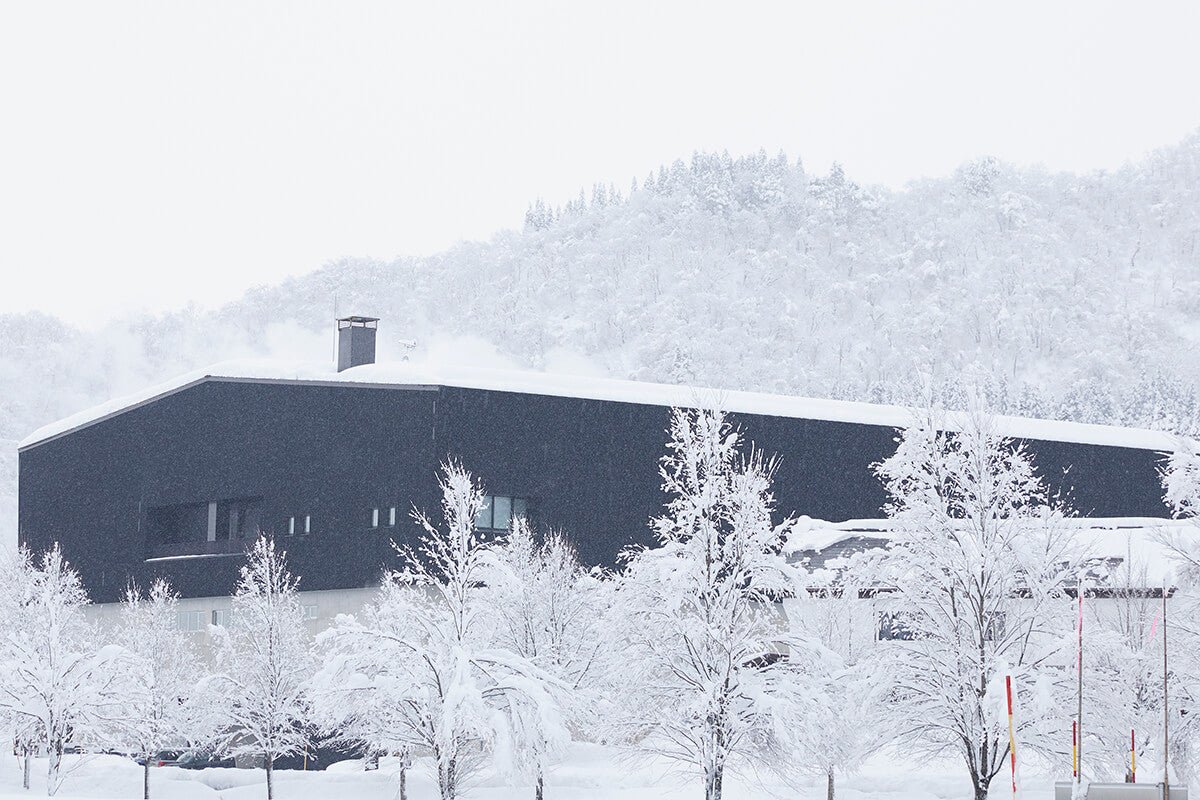Hakkaisan “Tokubetsu Junmai” Genshu
Niigata prefecture
Its got oomph
Sometimes you’re in the mood for something a little stronger, with a little more oomph. Hakkaisan Genshu has that oomph. This undiluted sake delivers a umami-rich flavor backed with a surprising sweetness. Did we forget to mention it has a higher alcohol content than average sake? That’s part of the oomph, but there’s no harshness. The brewers made sure of that by fermenting the sake for a long time at nice, cool temperatures.
Characteristics
| Brand | Hakkaisan |
| Brewery | Hakkaisan Brewery Company |
| Category | Junmai |
| Subcategory | Genshu |
| Taste Profile | Rich & Dry |
| Rice variety | Gohyakumangoku |
| Yeast variety | Association No. 1001, Association No. 1801 |
| Alcohol | 17.50% |
| RPR | 55% |
| SMV | 0 |
| Acidity | 1.5 |
Serving Temperature

-
 Recommended
Recommended
-
 Not Recommended
Not Recommended
Region

Hakkaisan is made in Niigata prefecture in the Hokuriku region.
Taste Metrics
Tasting Notes
-
Rice

-
Mineral

Recommended Pairing
-
Meat

-
Seafood


Hakkaisan Brewery Company
Hakkaisan Brewery Company was founded in 1922 in the foothills of Mount Hakkai, in an area with snow accumulating over 10 feet at times. The snowmelt water is naturally filtered by the mountain, providing water for the rice fields and for the elegant sake they produce. Their signature Niigata style is known as “tanrei karakuchi,” which is crisp, clean and dry, achieved by slow, low-temperature fermentation. They only use handmade “koji” and produce in small batches, and their guiding principle is to produce sake of the highest quality that pairs well with food.
Learn moreCustomer reviews
Tippsy Sake Club
Our sommelier will recommend sake according to your taste when you join Tippsy Sake Club. Also enjoy:
- Members-only prices
- Discounted shipping
- An exclusive sake cup with your first club order
- and more!
All about sake
-
 Introduction
Introduction
Welcome To Your Sake Journey!
-
 Lesson 1
Lesson 1
What Is Sake?
-
 Lesson 2
Lesson 2
What Is Sake Made of and How Is It Made?
-
 Lesson 3
Lesson 3
What Is Rice Polishing Ratio?
-
 Lesson 4
Lesson 4
Types of Sake
-
 Lesson 5
Lesson 5
How To Store Sake
-
 Lesson 6
Lesson 6
How To Drink and Serve Sake
-
 Lesson 7
Lesson 7
Food Pairing Guide
-
 Lesson 8
Lesson 8
Best Sake Bottles and Brands for Beginners



